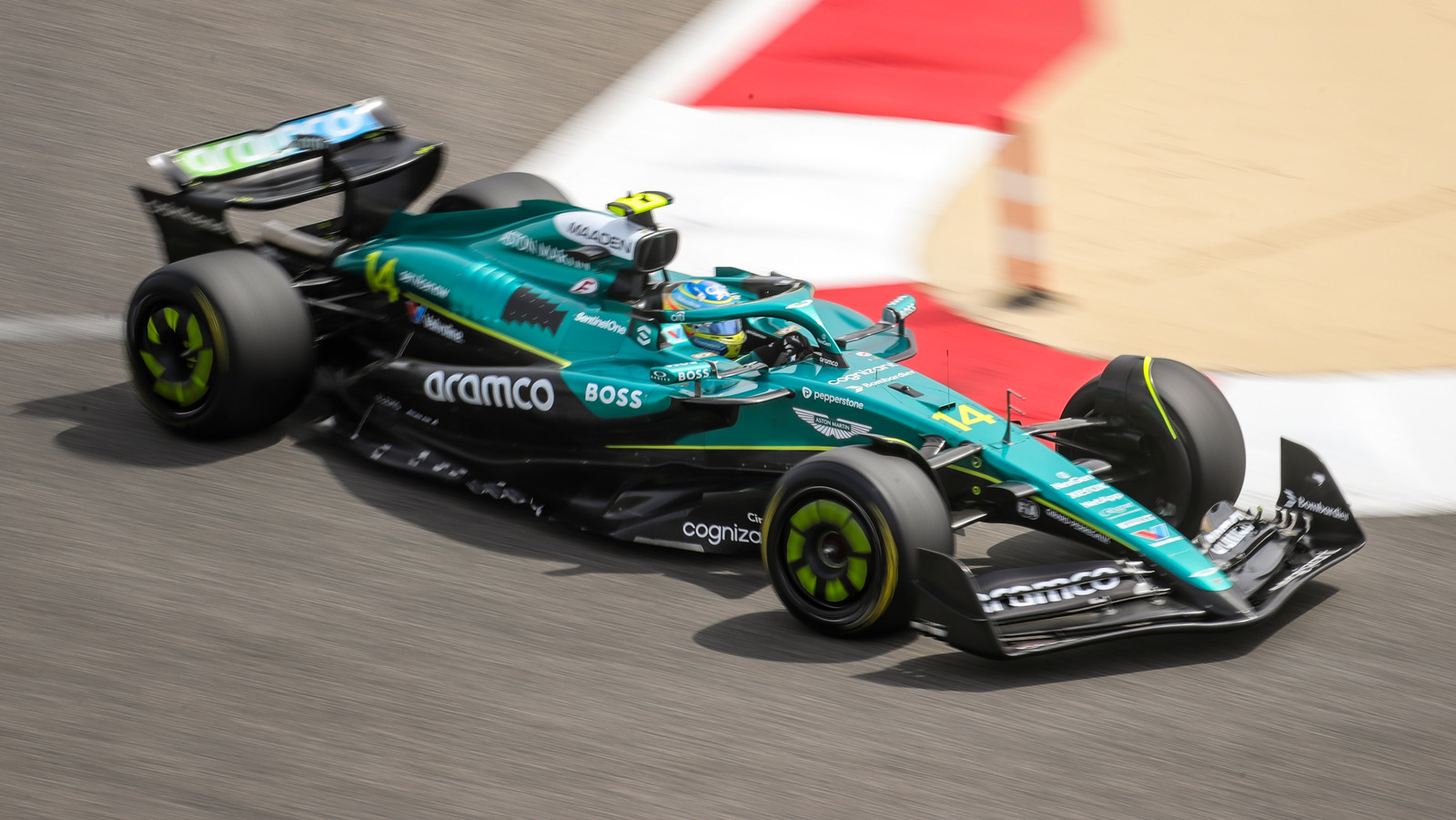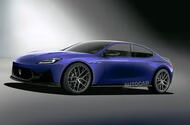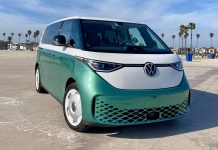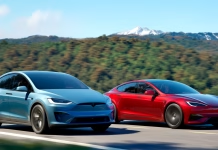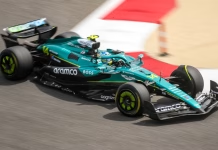Maserati Eyes Plug In Hybrid Future as Quattroporte and Levante Embrace Electrified Evolution

Next Alfa Giulia could provide the basis for a next-generation QuattroporteTie-up with Alfa Romeo could add PHEVs to Maserati range – potentially saving the Quattroporte
Maserati is considering adding plug-in hybrid powertrains to its line-up as it bridges the gap between ICE and EV power - and a next-gen Quattroporte hybrid is tipped to be among the new electrified models.
Currently the firm has three powertrain types spread across its three model lines: pure-V6, mild-hybrid turbo four-cylinder, and pure-electric. But CEO Santo Ficili told Autocar the company needs to offer its customers “all the possibilities” of propulsion as it gears up to go electric.
"What’s sure is that we need to talk with our customers, because they are a bit confused at this time,” he said. “You can imagine: PHEV, BEV, mild hybrid… We need to stay in touch with our customers.”
Ficili added: “I don’t know when we will go totally BEV. For sure in the future, but I don’t know when automotive will go in this direction. It’s a question of timing. In the middle, we need to consider MHEV and PHEV engines, depending on the development of the technology we want to follow.”
Maserati’s current cars are based on platforms that would not readily accommodate plug-in hybrid powertrains, but sibling brand Alfa Romeo is poised to launch a new Stelvio SUV (below) and Giulia saloon on Stellantis’s new STLA Large platform, which can accommodate ICE, EV and hybrid drivetrains.
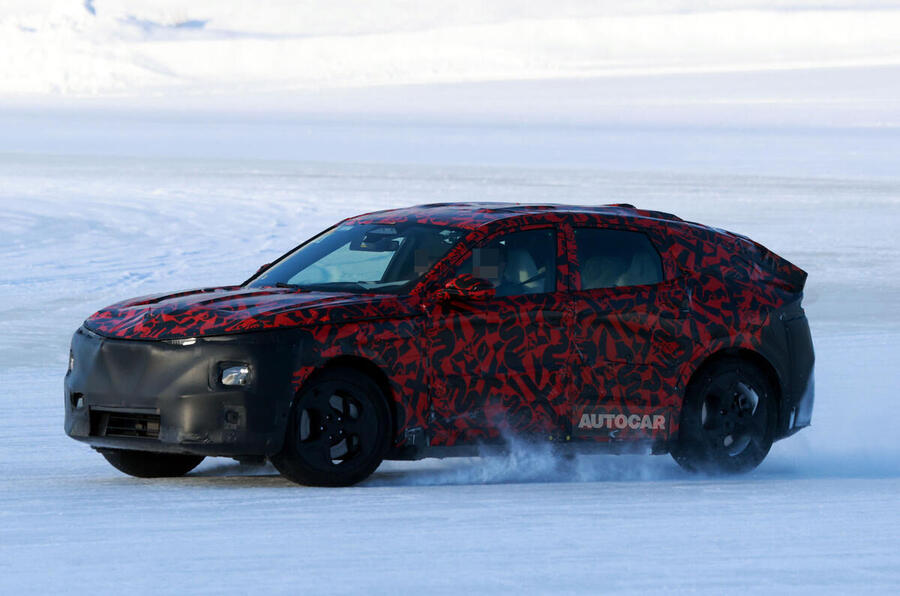
Ficili suggested that Maserati would also use the flexible STLA structure for future models and said a push for “synergies” between the two Italian manufacturers could mean their cars become more closely related. That opens the door for the next Giulia and Stelvio to provide the basis for a new Quattroporte and Levante respectively, with the choice of EV and hybrid power.
Maserati was due to launch a new Quattroporte saloon this year as its first electric-only model, but last year it announced the seventh-generation car had been pushed back to 2028 due to “the need to take zero risks on the performance level”. Development is understood to have been roughly half complete.
Twinning the next Quattroporte with the new Giulia, which is due next year as a BMW 5 Series rival with EV and ICE options, could speed up the development of Maserati’s saloon, with R&D costs drastically reduced as a result.
Similarly, if Maserati tapped the next Stelvio to provide the basis for a second-generation Levante, it could quickly re-enter the popular sports SUV market and offer the same choice of petrol and EV power as the big-selling Porsche Cayenne.
Ficili added there was a need “to keep the two brands separated” in terms of positioning, but there were opportunities for the two to share “platforms, electronic architectures, software and probably powertrains”.
He stopped short of confirming plans to align the two brands’ line-ups more closely, but did hint that the two firms would collaborate on a pair of ultra-exclusive supercar flagship models next year, which are likely to use a high-output pure-ICE powertrain and a manual gearbox.
Bentley Unveils Next-Level Customization With Dazzling New Interior Options
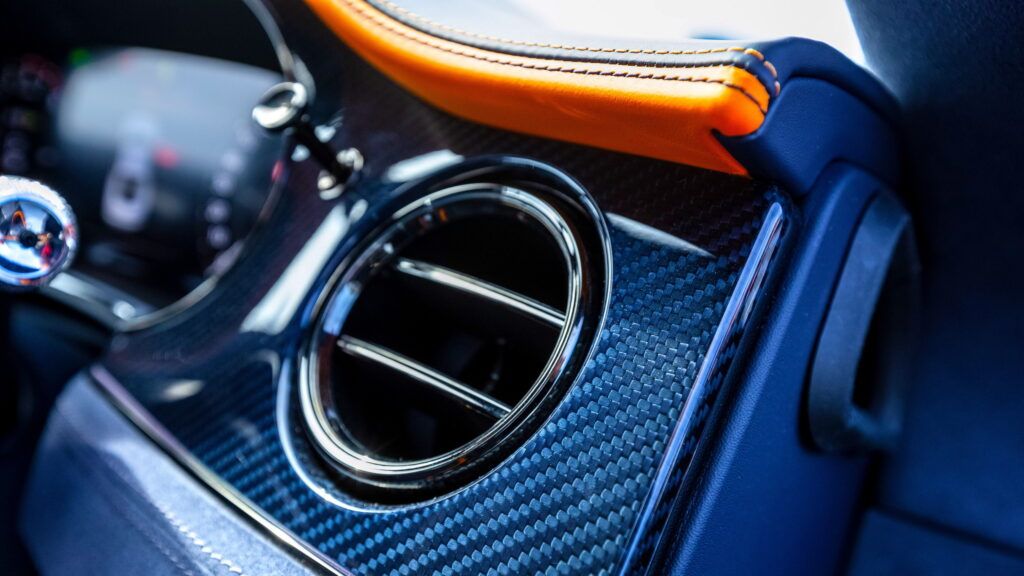
Why Replacing This Cabin Air Filter Is a Frustrating Nightmare
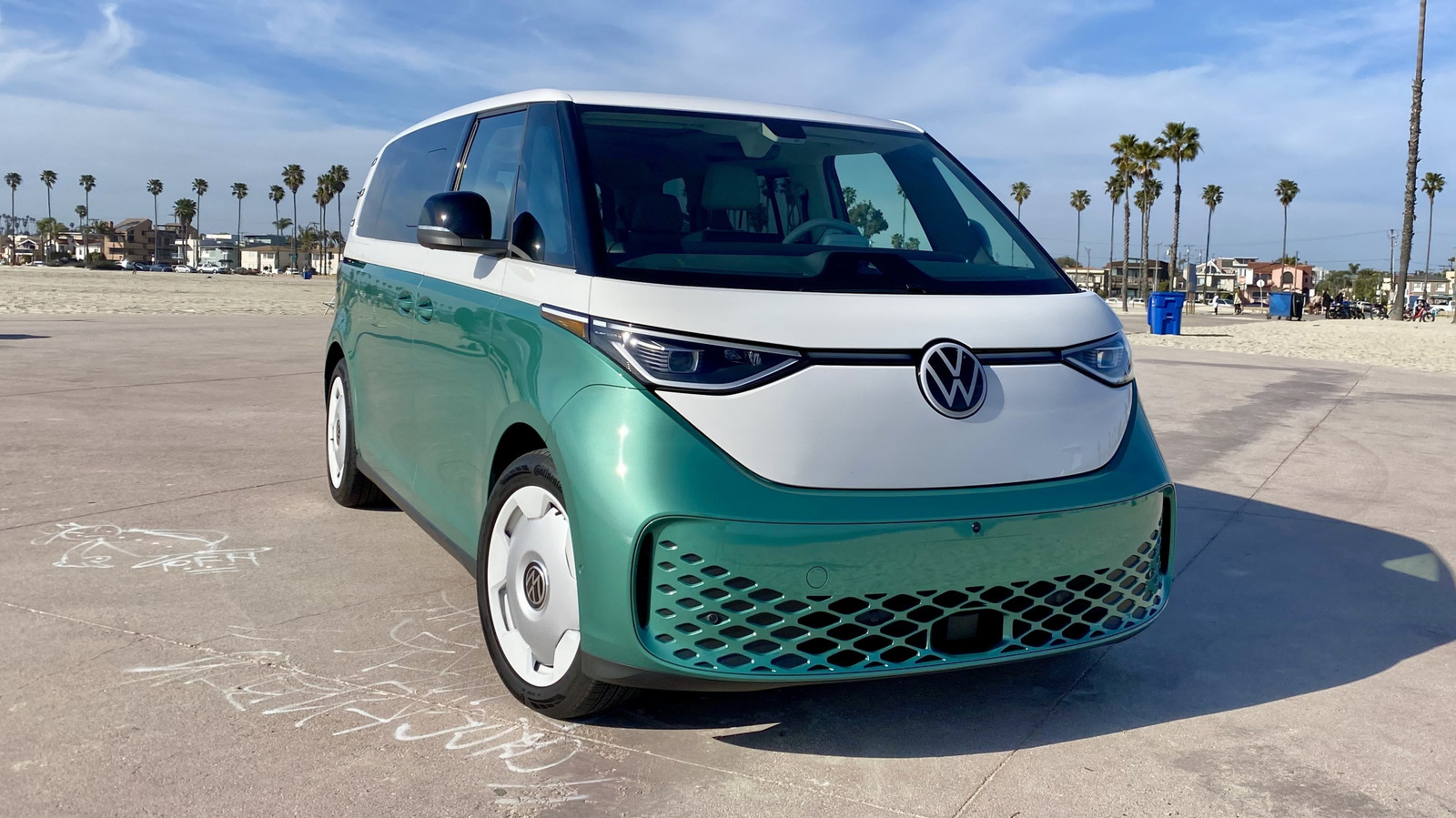
Classic Corvette Owner Battles Shocking Twin in High-Stakes VIN Showdown
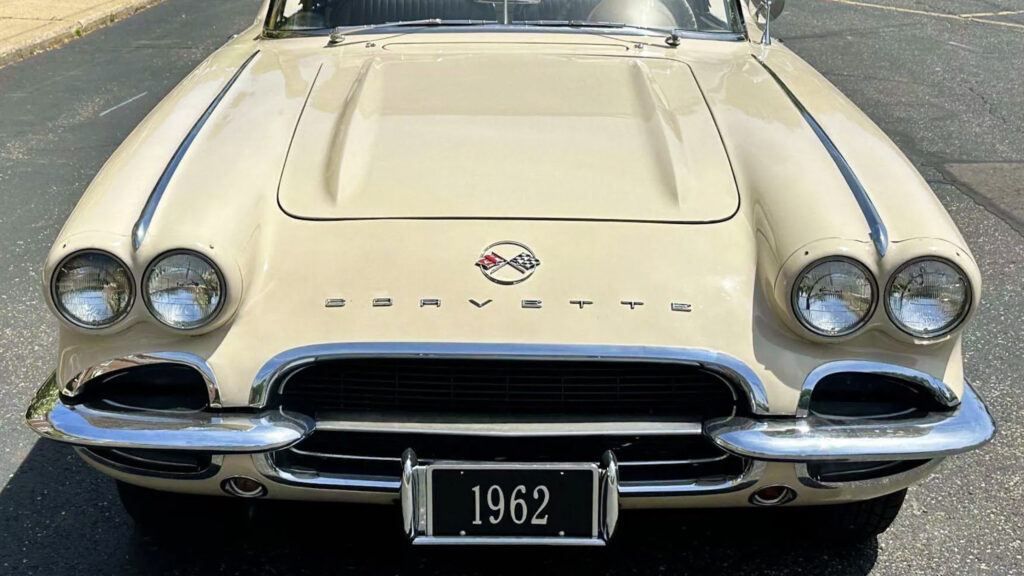
Barbie Couture Visionaries Remembered for Transforming Doll Fashion

Ferrari’s Next Hybrid Supercar Breaks Cover With Over 1000 Horsepower
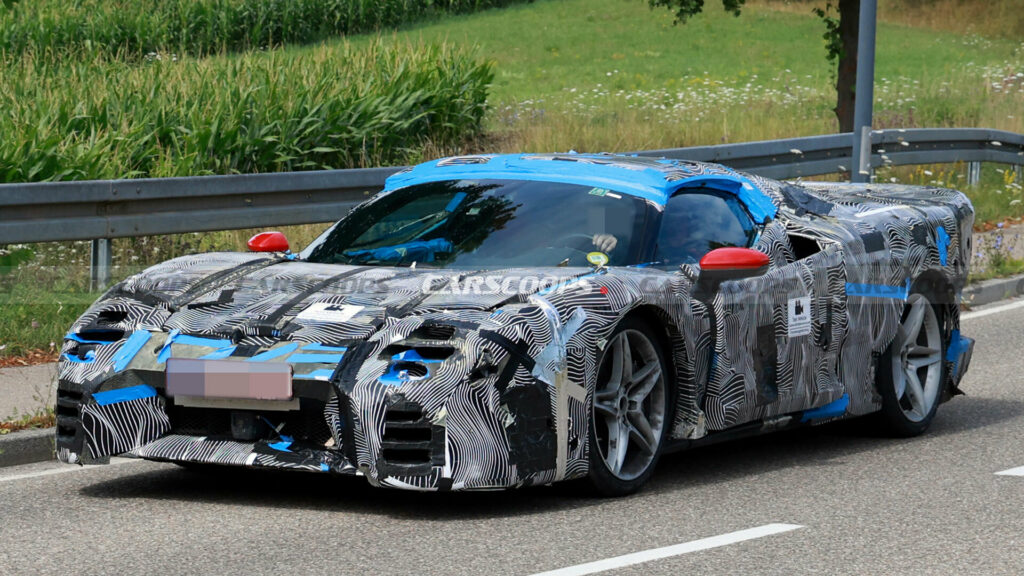
Tesla Halts New Model S and X Orders in Europe as Inventory Dwindles

Connecticut Sets New E-Bike Rules to Tackle High-Speed Safety Concerns

Aston Martin Sells F1 Team Stake in Blockbuster $3.2 Billion Deal
